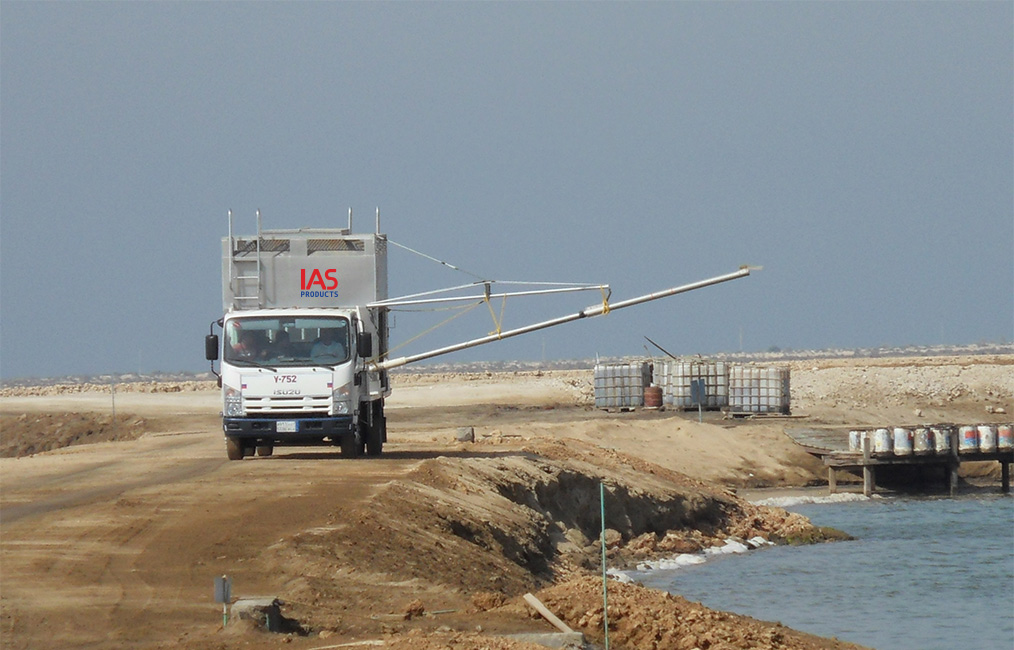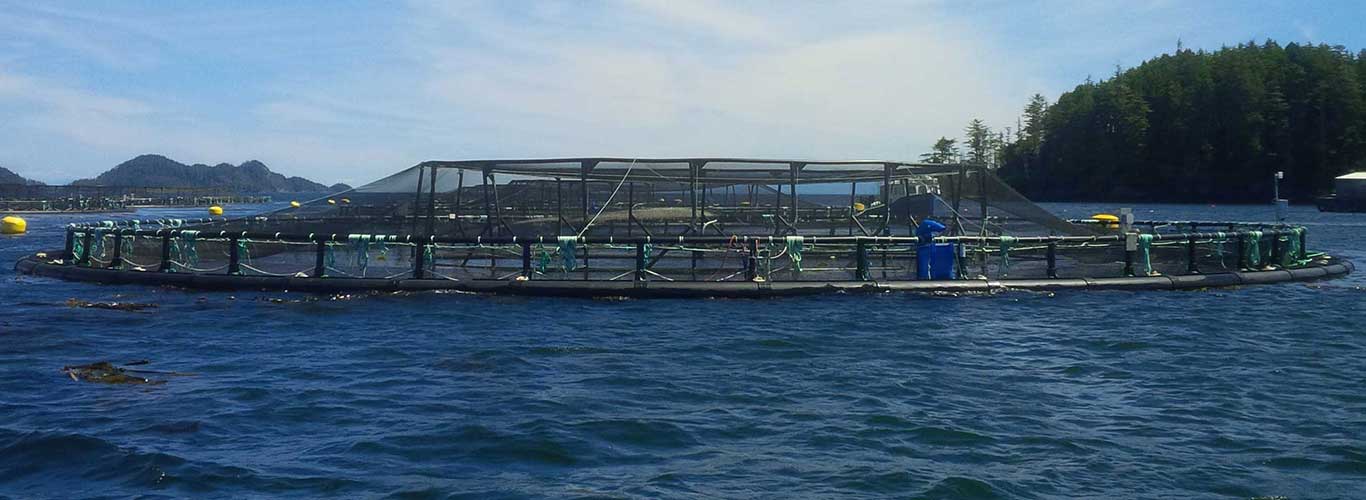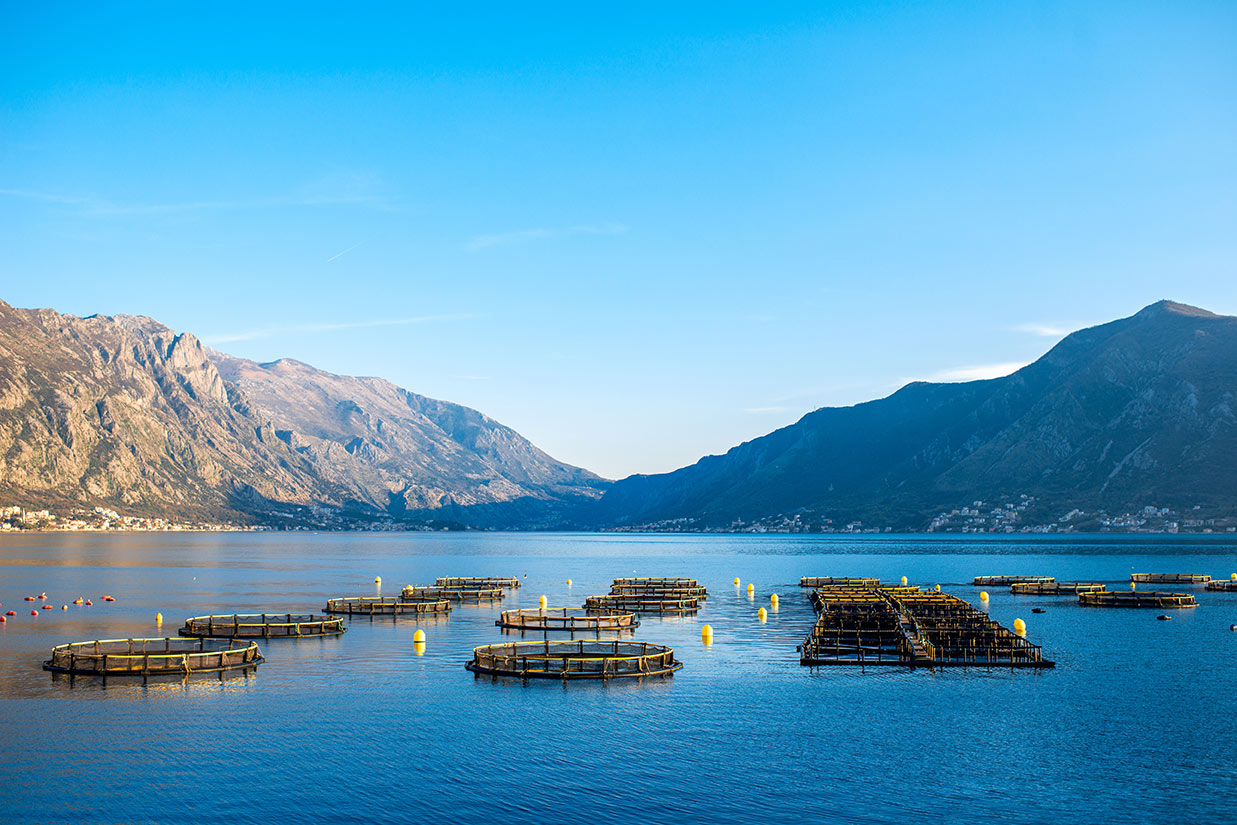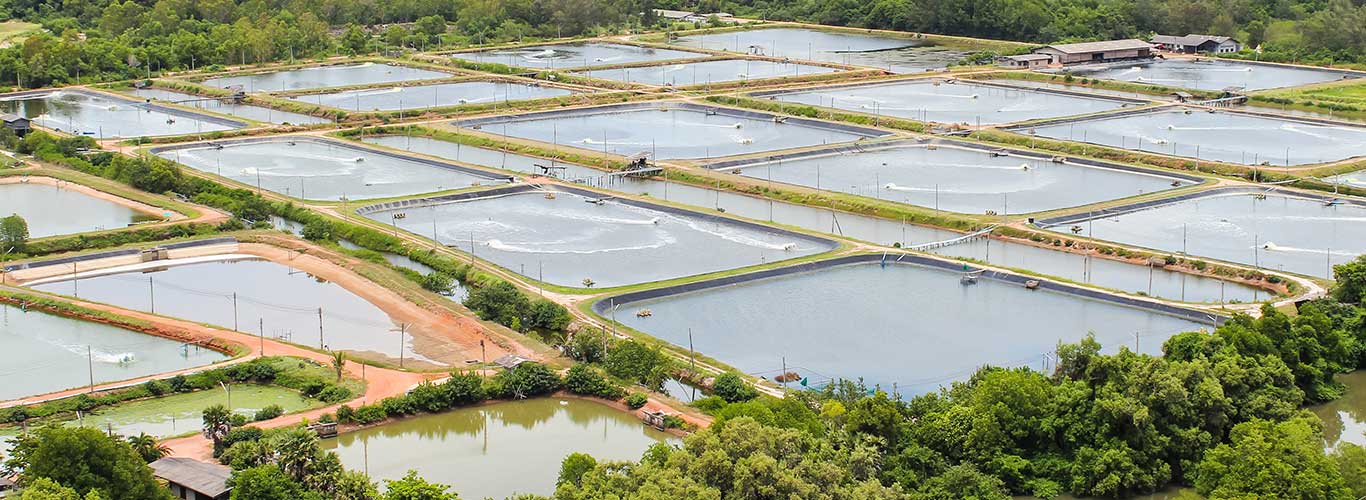Aquaculture Solutions (Land – Lakes – Open Waters – RAS Systems – Hatcheries)
CONFIGURE YOUR IAS SYSTEM
GET PREDICTABLE RESULTS | INCREASE FEED CONVERSION RATIO | LOWER OPERATING COSTS
SCALE-UP YOUR AQUACULTURE FARM
For as little as $10 – $30 per day you can save between 50% – 80% of your current operating costs for feeding using our automated feeding equipment. It gets even better because there are no up-front costs. Consider using our rental program to improve operations on your RAS system or traditional aquaculture solution.
FREE signup and receive:
- 2024 product catalog
- Options for automatic fish feeding
- LED underwater lighting solutions
- IAS systems for aquaculture solutions
- Modular RAS aquaculture systems
- Special pricing, discounts, or promotions
- and much more …
IAS Has over 37 years of expertise in Aquaculture Fish Feeding, Underwater Lighting, Automatic Feeding, and Environmental Monitoring
Benefits of IAS systems
IAS Systems are flexible, highly configurable, and come with plenty of options to that help automate your aquaculture solutions. Our solutions work In almost any environment or configuration option – this includes Recirculating Aquaculture Systems and Hatcheries.
Improves growth and overall health
Optimal feed timing
Automated feeders can be programmed to provide feed at the optimal times for the specific species being cultivated, promoting better growth rates and health.
Reduced stress
Consistent and predictable feeding schedules reduce stress among fish/prawns, leading to healthier and more robust populations.
Delivers better feed management with waste reductions
Precise feed amounts
Automatic feeders can dispense precise amounts of feed, reducing waste and ensuring that fish are neither underfed nor overfed.
Environmental benefits
By minimizing overfeeding, the amount of uneaten feed that sinks to the bottom of the water body is reduced, leading to less pollution and better water quality.
Introduces a significant cost savings
Feed efficiency
With precise feeding, the conversion of feed to fish biomass (feed conversion ratio) is improved, which translates to better feed efficiency and cost savings over time.
Reduced waste
Lower feed wastage means less money spent on feed that does not contribute to fish growth.
Instant Access monitoring and control
Data collection
Many automated feed systems are equipped with sensors and data logging capabilities, allowing farmers to monitor feed usage, fish growth rates, and other vital parameters.
Remote management
Some advanced systems allow for remote monitoring and control via smartphones or computers, giving farmers flexibility and better oversight.
Gives you scalability
Automatic feeding systems make it easier to scale up operations without a corresponding increase in labor costs. This is particularly important for larger farms or operations aiming for growth.
Provides consistency and quality
Consistent feeding schedules and quantities lead to more uniform fish sizes, which is advantageous for marketability and processing.
Improves growth and overall health
Optimal feed timing
Automated feeders can be programmed to provide feed at the optimal times for the specific species being cultivated, promoting better growth rates and health.
Reduced stress
Consistent and predictable feeding schedules reduce stress among fish/prawns, leading to healthier and more robust populations.
Delivers better feed management with waste reductions
Precise feed amounts
Automatic feeders can dispense precise amounts of feed, reducing waste and ensuring that fish are neither underfed nor overfed.
Environmental benefits
By minimizing overfeeding, the amount of uneaten feed that sinks to the bottom of the water body is reduced, leading to less pollution and better water quality.
Introduces a significant cost savings
Feed efficiency
With precise feeding, the conversion of feed to fish biomass (feed conversion ratio) is improved, which translates to better feed efficiency and cost savings over time.
Reduced waste
Lower feed wastage means less money spent on feed that does not contribute to fish growth.
Instant Access monitoring and control
Data collection
Many automated feed systems are equipped with sensors and data logging capabilities, allowing farmers to monitor feed usage, fish growth rates, and other vital parameters.
Remote management
Some advanced systems allow for remote monitoring and control via smartphones or computers, giving farmers flexibility and better oversight.
Gives you scalability
Automatic feeding systems make it easier to scale up operations without a corresponding increase in labor costs. This is particularly important for larger farms or operations aiming for growth.
Provides consistency and quality
Consistent feeding schedules and quantities lead to more uniform fish sizes, which is advantageous for marketability and processing.

Ultra reliable feeding systems
AeroSpreaders™ come in various sizes and configuration options. They can be used to transport feed on boats, trucks, trailers or broadcast and dispense feed manually or automatically using smart algorithms.

SeeBrite™ Aquaculture Lights
SeeBrite™ underwater LED aquaculture lights are designed for long term underwater submersion and are available in a full range of sizes, output levels, and LED light spectrums.
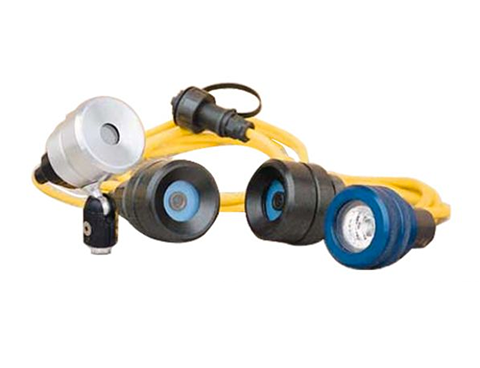
Environmental Monitoring
Monitor conditions on the farm using underwater cameras, mobile monitoring carts and environmental sensors. IAS specializes in providing remote farm locations that are faced with difficult acces and limited on-site resources with reliable, easy to operate and maintain equipment. All our equipment specifically addresses long-term immersion in a
harsh corrosive saltwater environment with minimum maintenance and servicing.

